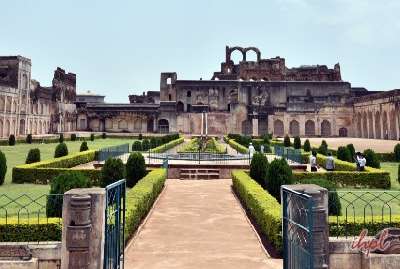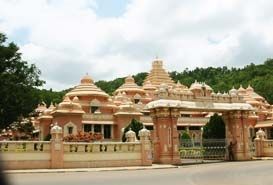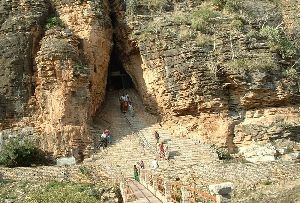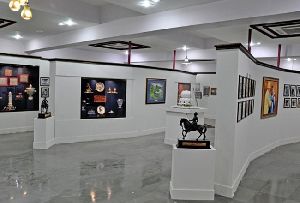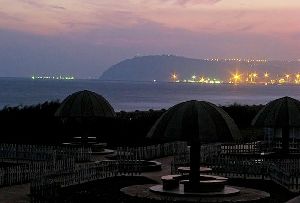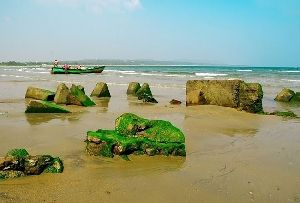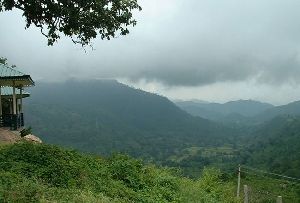Nagarjuna Sagar Travel Guide
Located about 150 kilometers from Hyderabad, Nagarjuna Sagar is a well-known irrigation dam built on the Krishna River. The tallest and biggest masonry dam in the world, Nagarjuna Sagar creates the third largest man-made lake in the world.
In ancient history, Nagarjuna Sagar was known as Vijayapuri. The name, Nagarjuna Sagar is derived from Nagarjuna, which is one of the most respected Buddhist monks who ruled the region in the 2nd century. Nagarjuna Sagar was earlier an important site for Buddhist teachings and propagation.
Some of the tourist attractions to visit during a tour to Nagarjuna Sagar are the Nagarjuna Sagar Dam, which was completed in 1966 and measures 124 meters in height and 1 kilometer in length. The dam has 26 gates.
Around the dam are the historic sites where relics of Buddhist excavations dating back to the 3rd century were found.
Nagarjunakonda is an interesting island museum located in the midst of the Nagarjuna Sagar Lake. The museum houses significant relics of Buddhist culture and art that make it an important place to visit during a Nagarjuna Sagar Tour. Mahachaitya, the main stupa of the museum contains relics of Buddha.
Ethipothala is a beautiful stream flowing down the mountain and which drops a height of 21 meters to form a lagoon. The lagoon is well known for the crocodile breeding centre.
There are two well known temples near the waterfall known as Ranganadha and Dattatreya.
How to get there
Nagarjuna Sagar is easily accessible by rail, road and air. The nearest airport is in Hyderabad which is about 150 kilometers away. The nearest railway station is in Macherial which is about 27 kilometers away. Regular buses connect Nagarjuna Sagar with cities like Hyderabad, Warangal, Guntur and Vijayawada.





